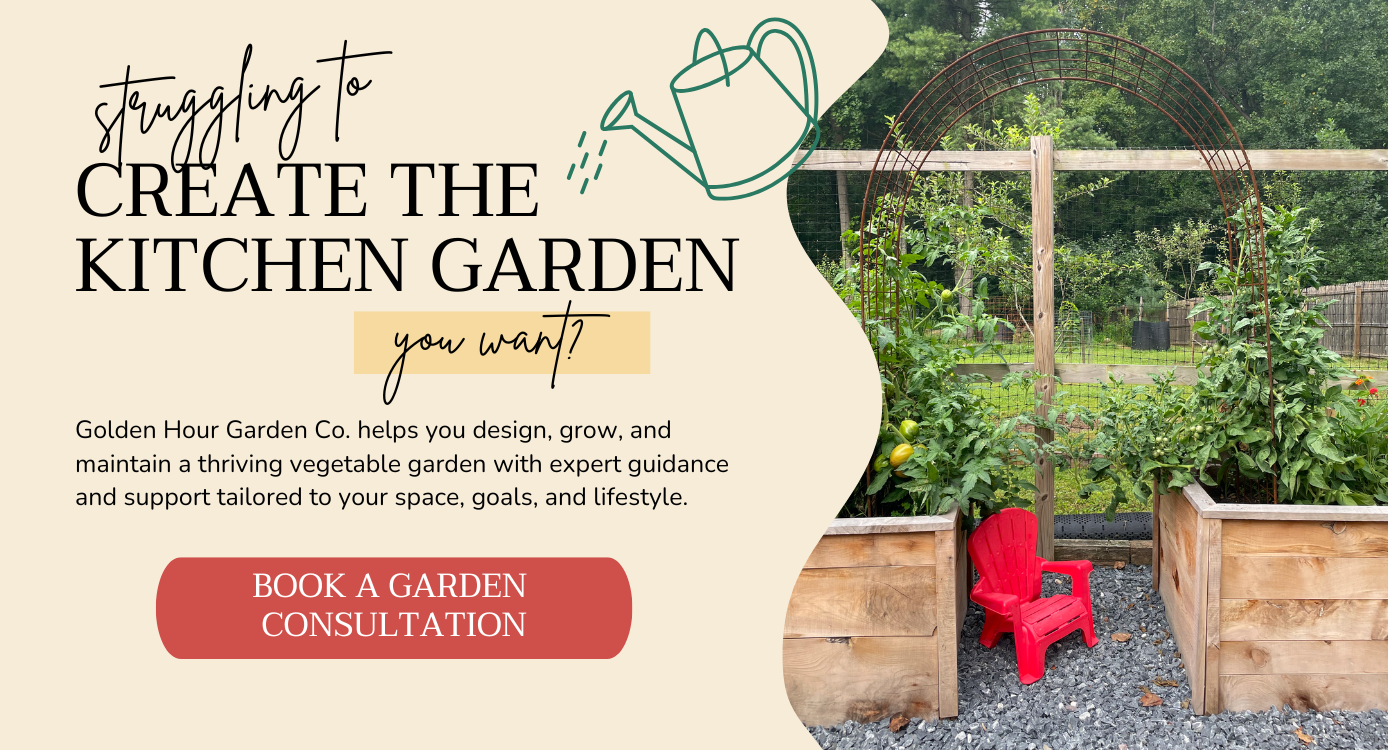How to Grow Green Beans with Kids
Want to grow beans with your kid in just a few easy steps? They are perfect for small spaces, grow quickly, fun for kids, and low stress for grownups!
Below you’ll find everything you need to care for their new bean plant, plus a few fun ideas to keep the gardening joy going.
Quick Care Guide for Your New Bean Plant
Sunlight: Needs at least 6 hours of sunlight per day
Water: Keep soil moist but not soggy
When it sprouts: You'll see baby leaves in 5-10 days!
Next steps: Transplant to a bigger pot or garden bed once it’s 3-4 inches tall
Harvest: Your green beans are ready to pick when the pods are about 3-4 inches long.
Download: My Bean Journal (Printable PDF)
Track your bean’s growth, draw pictures, check off your watering, and more!
Growing More Beans in Your Vegetable Garden
The Provider bush bean is a green bean variety from the Fabaceae family, also known as the legume, pea, or bean family. It's a medium-sized plant that thrives in the warm season and needs 50+ days to mature. It likes the soil to be kept moist (but not soggy). One plant can grow a half-pound of green beans per plant throughout the season! The green beans are ready to harvest when the pods are about 3-4 inches long.
Ready to plant the rest of the seeds your little one brought home? Here’s what the stages of growth look like:
How to Grow Green Beans in 6 Simple Steps
Sunlight: Pick a spot in your garden that gets full sun (6+ hours/day).
Planting: Bean seeds grow well when they are planted directly in your garden outside.
Spacing: Plant seeds 1" deep and 4-6” apart to avoid crowding.
Watering: Keep the soil moist, but not soggy.
Growing: Watch for sprouts in 5-10 days.
Harvesting: Pick green beans when the pods are about 3-4 inches long.
Kids can do this! Let them press the seeds and water the spot with a small watering can.
Fun fact: Beans are superheroes—they fix nitrogen to feed the soil!
Where to Grow Bush Beans
If you plant bush beans along the edge of a raised bed, they’ll spill over the edge beautifully and free up space inside the bed for other plants to grow.
You can grow bush beans in a container if you don’t have a raised bed. Choose a pot that's at least 18 inches wide and 12 inches deep to fit several plants. Place the container in a sunny spot that gets at least 6–8 hours of direct sunlight daily. More light means better growth and more beans.
When to Grow Bush Beans
Bush beans grow best during the warm growing season when average high temperatures range from 65°F to 85°F. Here in the DMV, we can grow bush beans outside from April through October.
Kid-Friendly Bush Bean Varieties
Provider: Reliable variety that provides lots of harvest!
Blue Lake: Fast-growing, easy to grow, and sweet.
Dragon Tongue: Purple-striped pods for a fun dose of color.
Troubleshooting
Yellow leaves — Move to sunnier spot or reduce watering.
Brown leaves — Prune away dying leaves to redirect your plant’s energy to new growth.
Small harvest — Snip regularly. Beans love being picked!
Pests — Spray them off with a gentle stream of water.
Looking for more garden fun?
5 Easy Plants to Grow with Kids
Lettuce (grows fast!)
Sugar snap peas (fun to pick)
Cherry tomatoes (a sweet garden snack)
Basil (smells amazing!)
Zinnias (beautiful & colorful cut flowers)
Hi, I’m your garden coach!
I grew up around incredible gardeners, but the idea of raised beds didn’t click for me until life got so busy and I was so buried in weeds that I wasn’t sure how gardening would continue to fit in.
Raised beds led to intensive planting. Intensive planting led to native pollinator beds, and before long I had adopted an entirely new way of gardening that was somehow less work, less friction, more production, and more success.
What is a garden consult?
A garden consultation is the first step toward cultivating a thriving, low-maintenance garden tailored to your space, lifestyle, and goals.
Does this sound like you?
You want a beautiful outdoor space for growing fresh food with your family, but you have no idea where to start!
You’d love to turn that patch of grass into a little kitchen garden, but you don’t have time to figure it all out.
You keep buying plants, and they just die. You feel like you’re wasting money.
You and the kids planted all the veggies last year and didn’t have much to show for it. You want to see some real success and abundant harvest this year.
When you book a garden consultation, I come over to discuss what you’d like to accomplish and analyze your space. You get expert guidance, clear next steps, and a personalized plan outlining your family’s path to garden success. You can schedule a personal garden consultation here.
Need help growing a beautiful and productive garden?
Is it your goal to grow an abundant garden, eat great food, get outside, or focus on your health this year? A solid garden plan can help you accomplish ALL of these things. And I can help you make one! Whether you need to get your veggie garden set up or don’t want to repeat past frustrations, a personal garden consultation provides you with tailored advice that fits your life and your family so you can have your most successful growing season yet.




